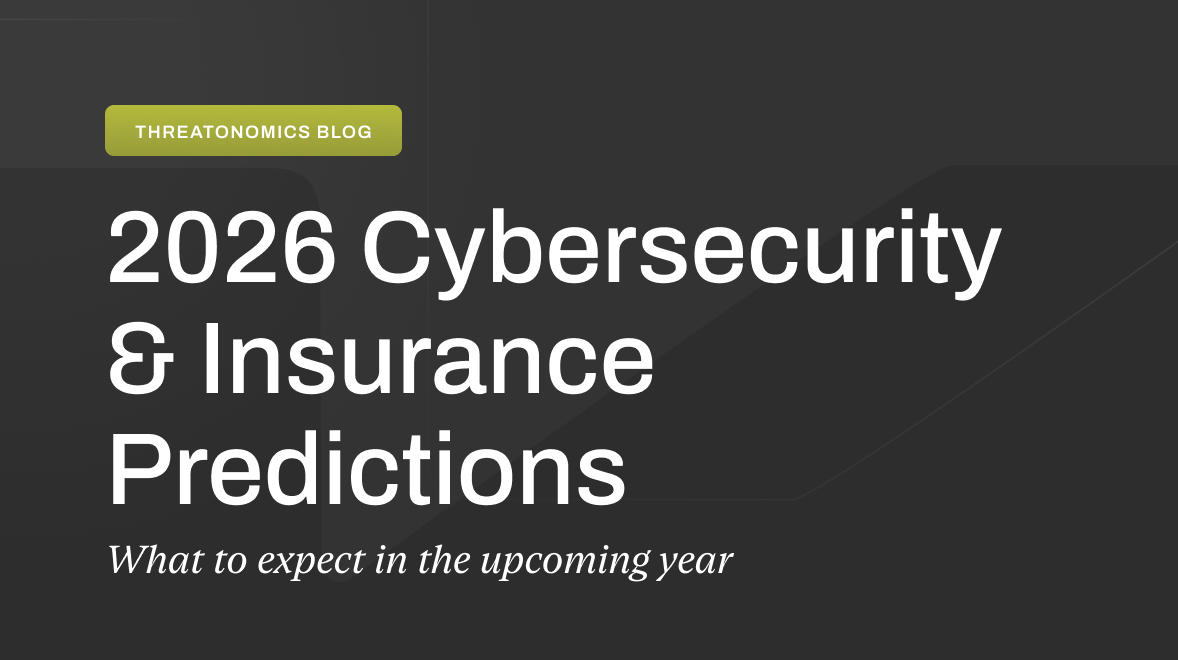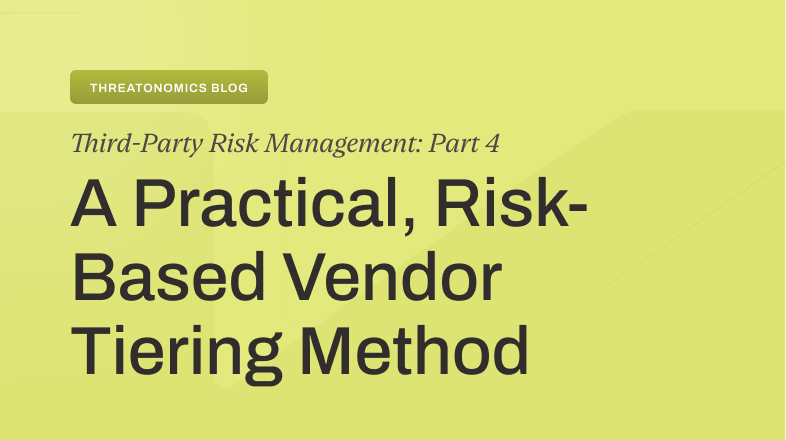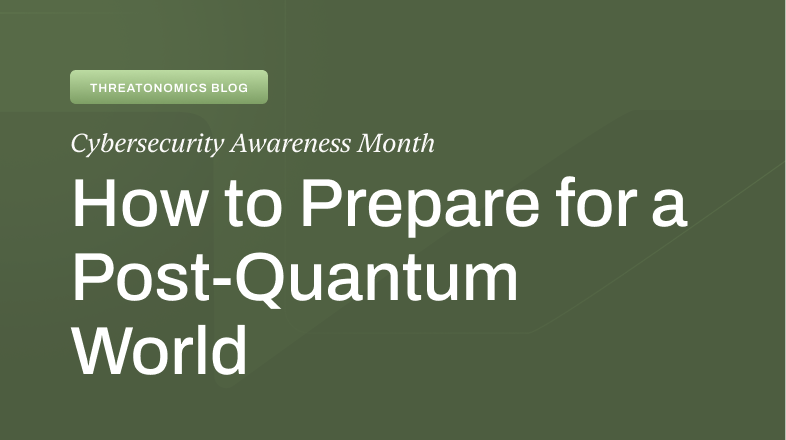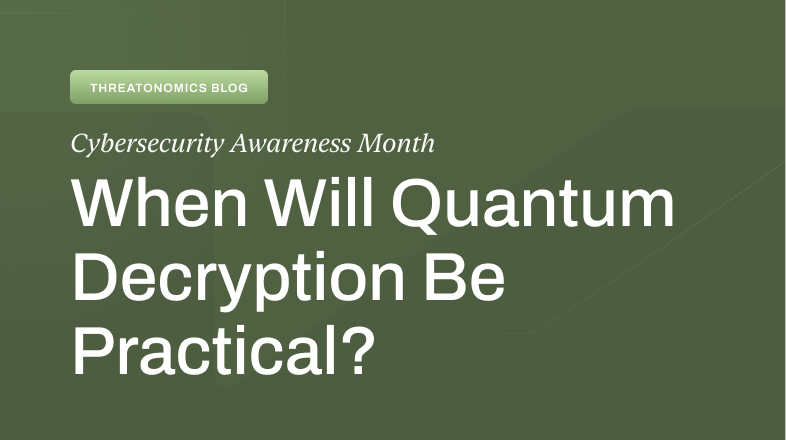Why ransomware legislation needs a nuanced implementation
Cowritten with Henry Westwood, Resilience Cyber Underwriting Manager Simon West, Resilience Head of Customer Engagement
The UK government recently launched a consultation on legislative proposals to combat ransomware attacks, one of the most significant cyber threats facing organisations today. As cybersecurity professionals working with organisations across various sectors, we’ve carefully examined these proposals and offered insights that balance deterrence with operational realities.
The growing ransomware threat
Before addressing the specific proposals, it’s worth contextualising the challenge. Ransomware has evolved from opportunistic attacks to sophisticated operations run by well-organised criminal enterprises. These groups target everything from multinational corporations to local councils–like the London Borough of Hackney in 2020, for example–often causing significant operational disruption and financial damage.
Traditional response options typically include:
- Restoring from clean backups (when available)
- Rebuilding systems from scratch (often taking weeks or months)
- Negotiating with attackers (while simultaneously pursuing other recovery options)
- Paying the ransom (typically as a last resort when other options aren’t viable)
The government’s proposals aim to eliminate or restrict the last option, with significant implications for organisations across the UK.
Finding balance with a targeted ransomware payment ban
The first proposal includes a ransomware payment ban ransomware for public sector bodies and regulated Critical National Infrastructure (CNI) operators. In theory, this could make these entities less attractive targets and encourage better cyber hygiene. However, the reality is more complex.
Ransoms are typically paid only as a last resort when critical systems are compromised and backup options are exhausted. For public sector and CNI organisations, the consequences of non-payment could potentially be worse than the ransom itself: citizens losing access to healthcare, water, or emergency services. The 2021 Colonial Pipeline attack in the US demonstrated how ransomware can impact critical infrastructure, leading to fuel shortages across multiple states.
Additionally, the negotiation process often provides valuable time for recovery planning and system restoration. Removing this option entirely could accelerate system destruction or data exposure. Attackers, finding themselves unable to monetise their access, might resort to more destructive actions or immediate data leaks.
Our recommendation strikes a middle ground: implement the ransomware payment ban but allow payments in exceptional circumstances with explicit government agency approval. This maintains the deterrent while providing flexibility when public safety is at stake, all while ensuring attacks are reported to relevant authorities. This approach recognises that while discouraging payments is generally sound policy, there may be scenarios where the public interest is better served by allowing a controlled exception.
Practical concerns around expanding prevention
The second proposal would extend the ransomware payment ban beyond the public sector to potentially all UK organisations. While well-intentioned, we have serious reservations about its practicality.
The private sector—and particularly insurance companies—has developed sophisticated, time-sensitive response capabilities over years. These include:
- Established protocols for evaluating ransom payment decisions
- Specialist negotiators who understand attacker psychology and tactics
- Forensic teams that can quickly determine attack scope and recovery options
- Legal frameworks for ensuring compliance with sanctions and regulatory requirements
Government approval processes would likely create bottlenecks during critical incidents when every minute counts. Consider that many ransomware incidents involve 72-hour deadlines from threat actors before data leaks or price increases—government involvement would need to operate within these tight timeframes.
Rather than a blanket approach, we suggest strengthening existing guidance with mandatory pre-payment checklists. These would include:
- Confirmation of sanctions clearance to ensure payments don’t fund sanctioned entities
- Verification that clean backups aren’t available or viable for restoration
- Assessment of data sensitivity and potential harm from leakage
- Confirmation that payment is the last viable option for recovery
This approach leverages established insurance industry processes while delegating authority to those with operational experience. Uninsured entities might still require government approval, recognizing their potentially lower response sophistication or access to expert resources.
Smarter reporting requirements
The third proposal addresses incident reporting; a critical component for understanding the ransomware landscape and developing effective countermeasures. We conditionally support mandatory reporting, provided it’s implemented thoughtfully.
Initial reporting thresholds should target larger organisations and significant ransom demands to prevent overwhelming smaller businesses. The reporting mechanism must recognise the extreme pressure organisations face during active incidents:
- Reports should be simple to submit with minimal administrative burden
- Initial reporting should capture only essential information
- Follow-up details can be collected after the immediate crisis has passed
For this system to deliver value, the government must clarify how the collected information will be used and, crucially, how insights will flow back to industry. A one-way reporting stream provides little incentive for engagement. Instead, reporting should offer tangible benefits:
- Support from cyber experts like the National Cybersecurity Centre
- Actionable threat intelligence on ransomware groups and their tactics
- Operational updates from law enforcement on their response efforts
- Technical indicators that organisations can use to improve their defences
We observed that most organisations already report significant incidents to law enforcement, insurers, and regulators. Any new regime should harmonise with these existing obligations rather than creating potential confusion with duplicate reporting streams, particularly given the fact that victims will be highly preoccupied in mitigating the incident. This is especially pertinent to global entities, which already have to manage multiple reporting regimes in different territories.
Balancing security with business continuity
Throughout our response, we have emphasised the need for pragmatism. While eliminating ransomware payments might seem like a straightforward solution, the reality is that many organisations find themselves with no viable alternative when struck by sophisticated attacks.
Insurance has been at the forefront of facilitating behavioural change within organisations. A good example is how the cyber insurance market raised the baseline of what is acceptable in terms of security controls for ransomware. This is now standard practice. Rather than replacing these established mechanisms, government initiatives should complement and strengthen them.
The government’s intent to combat ransomware and protect UK businesses and the general public deserves support, but implementation requires nuance. Effective countermeasures must balance theoretical deterrence with operational realities.
We recommend a phased approach:
- Begin with targeted restrictions for public sector and CNI organisations
- Carefully evaluate the impact before expanding to broader sectors by
- Develop clear guidance and support mechanisms before imposing restrictions
- Ensure incident reporting provides value back to reporting organisations
As cyber threats evolve, so must our collective response strategies. We remain committed to enhancing cyber resilience and welcome further dialogue with government agencies on refining these proposals into practical, effective solutions.
This blog post represents our organisation’s position on the UK Government’s ransomware consultation. The full consultation response contains additional technical details and recommendations.








